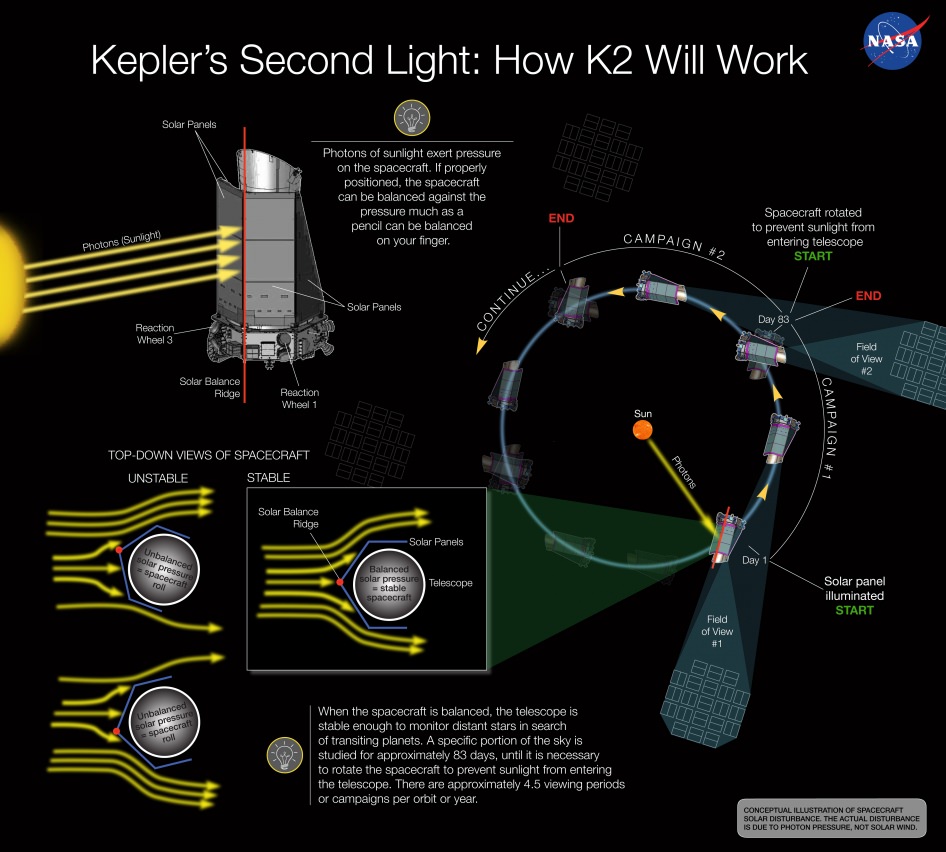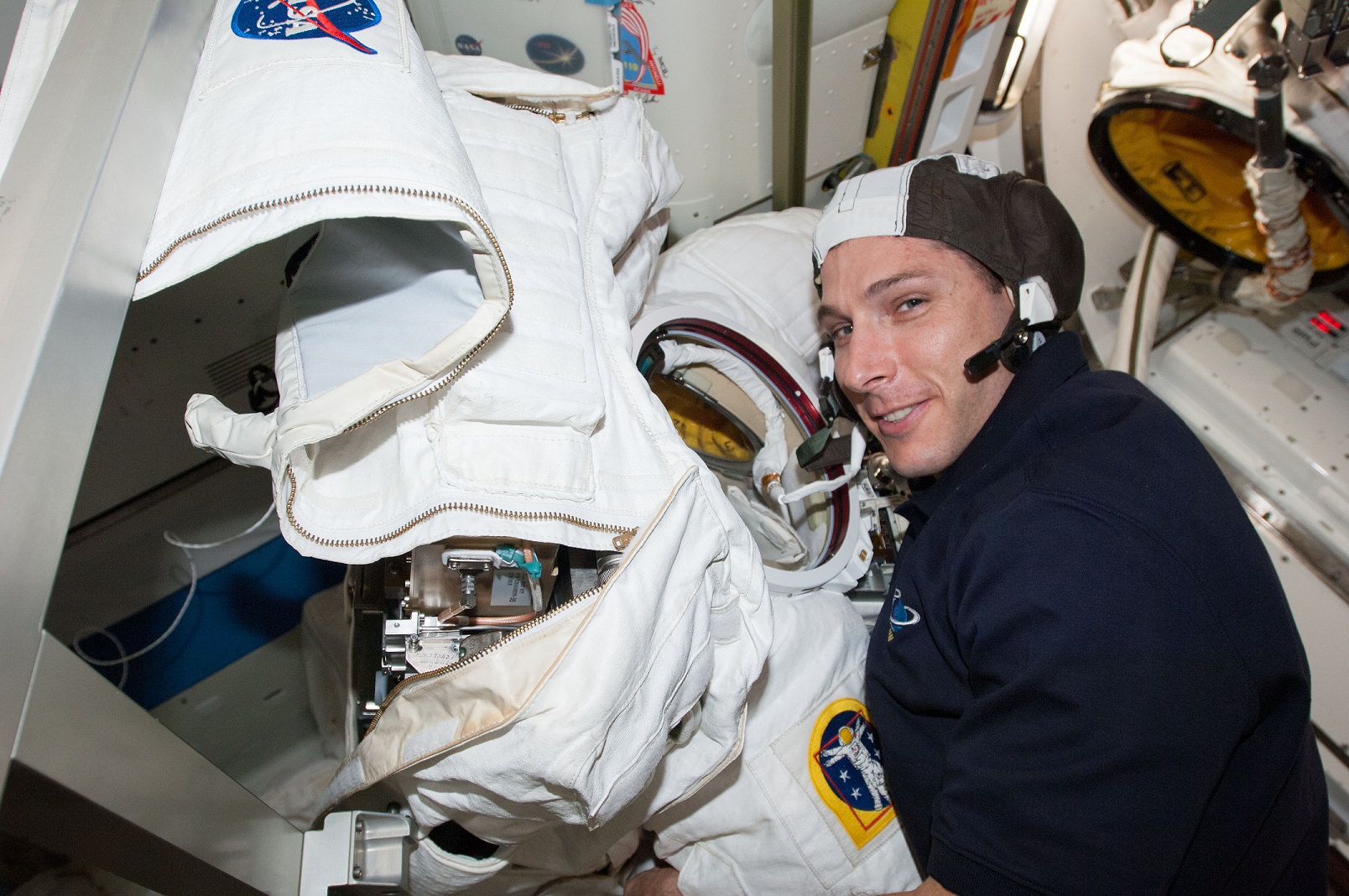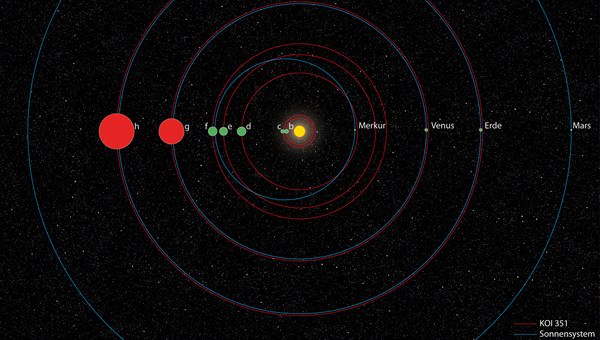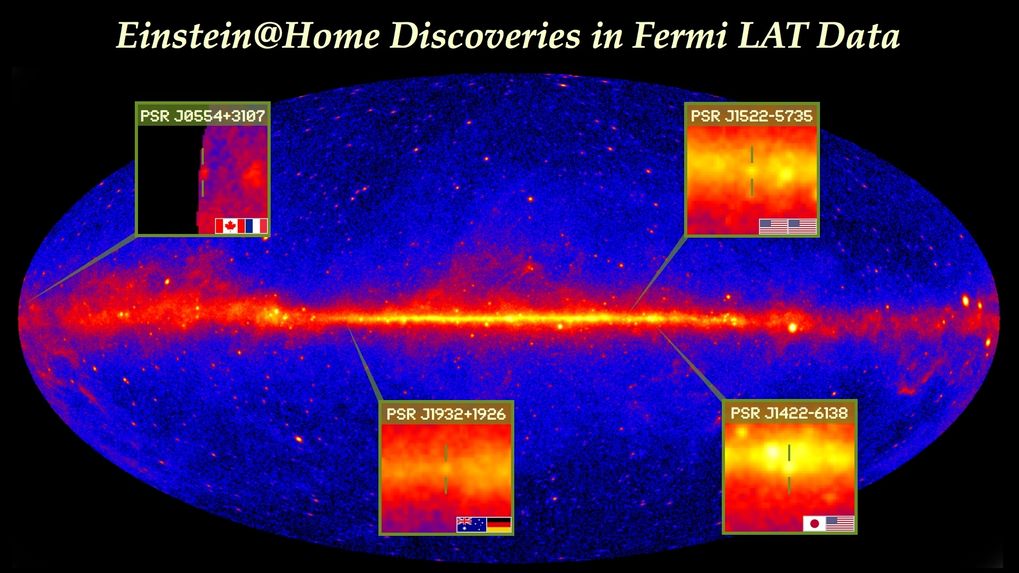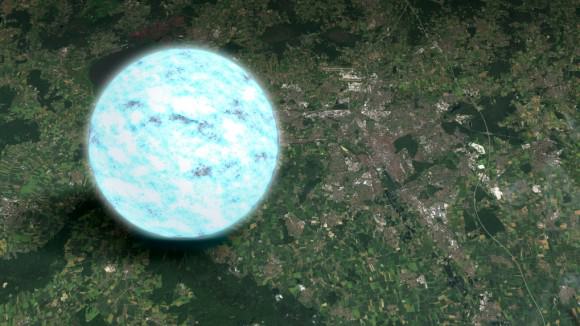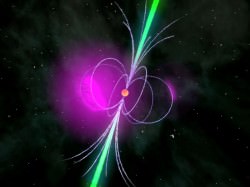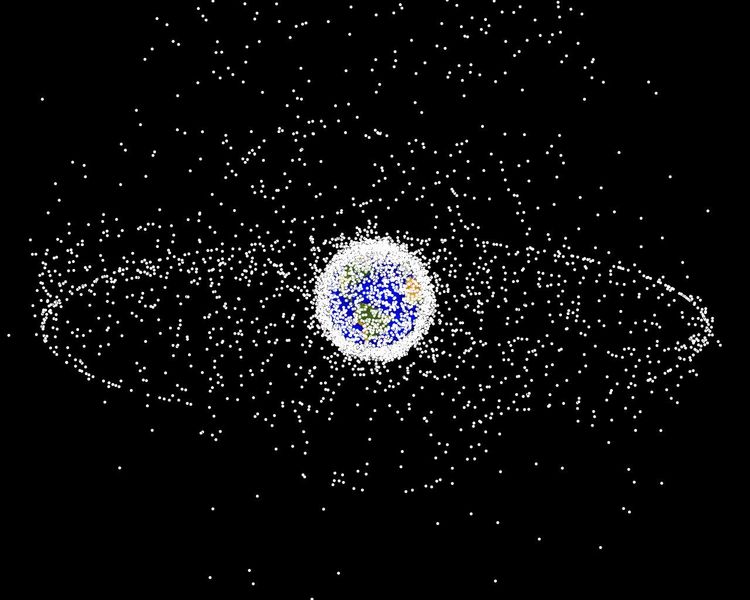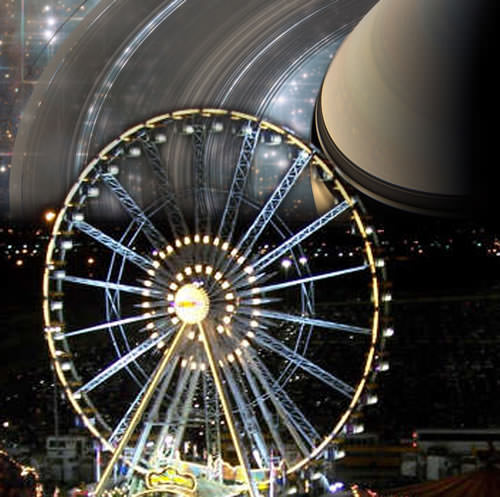The planet-seeking Kepler space telescope had to stop its primary mission this summer after the failure of a second of its four reaction wheels, the devices that keep it pointing at a spot in the constellation Cygnus. NASA, however, has a backup plan. It’s considering stabilizing the spacecraft using the sun! You can see the details in this infographic.
The plan is still preliminary as it needs testing, and it also needs budgetary approval while NASA is fighting to keep other programs going at the funding levels the agency wants. But if it works, this is what NASA is proposing:
- Keep the spacecraft oriented almost parallel to its orbit around the sun.
- Gaze at a particular part of the sky for 83 days.
- When the sun is close to coming into the telescope, move the spacecraft and do another 83-day observation period.
- This would mean the spacecraft will have 4.5 “unique viewing periods” a year, NASA says.
“With the failure of a second reaction wheel, the spacecraft can no longer precisely point at the mission’s original field of view. The culprit is none other than our own sun,” NASA stated in a recent press release.
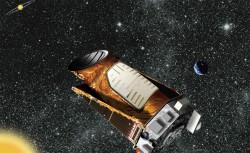
“The very body that provides Kepler with its energy needs also pushes the spacecraft around by the pressure exerted when the photons of sunlight strike the spacecraft. Without a third wheel to help counteract the solar pressure, the spacecraft’s ultra-precise pointing capability cannot be controlled in all directions.”
But this could be a way to counteract it. Mission managers put Kepler through a 30-minute test in October where the telescope looked at a spot in the constellation Sagittarius, which “produced an image quality within five percent of the primary mission image quality,” NASA stated. More testing is underway.
NASA should have more details at the end of this year as to whether to proceed to a 2014 Senior Review, which is held every two years to review current missions and decide which ones are still worth funding.
Source: NASA

